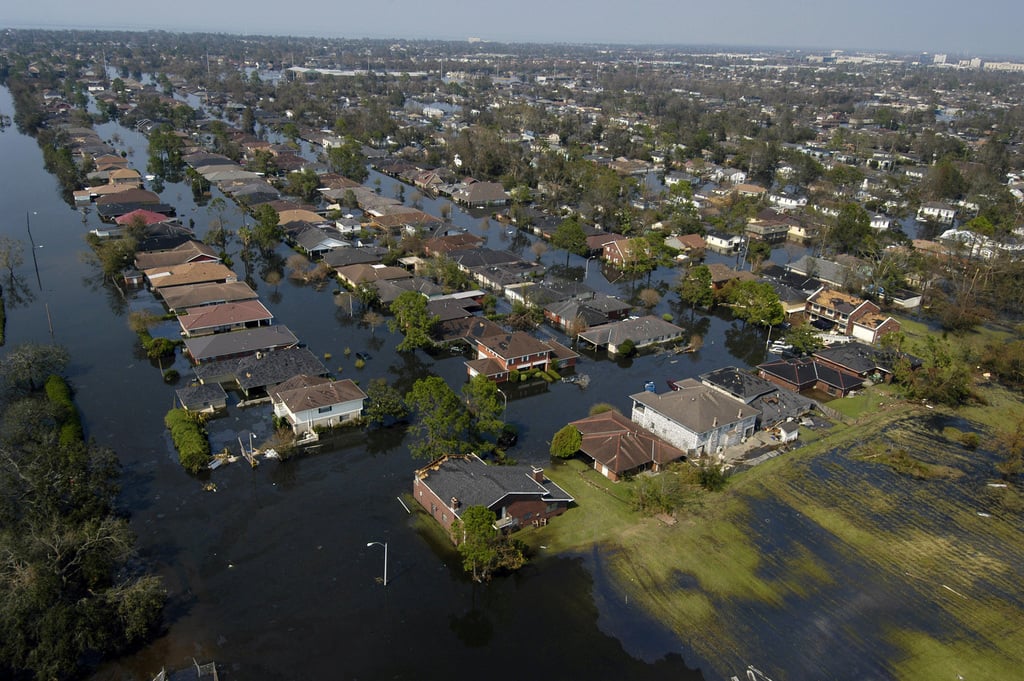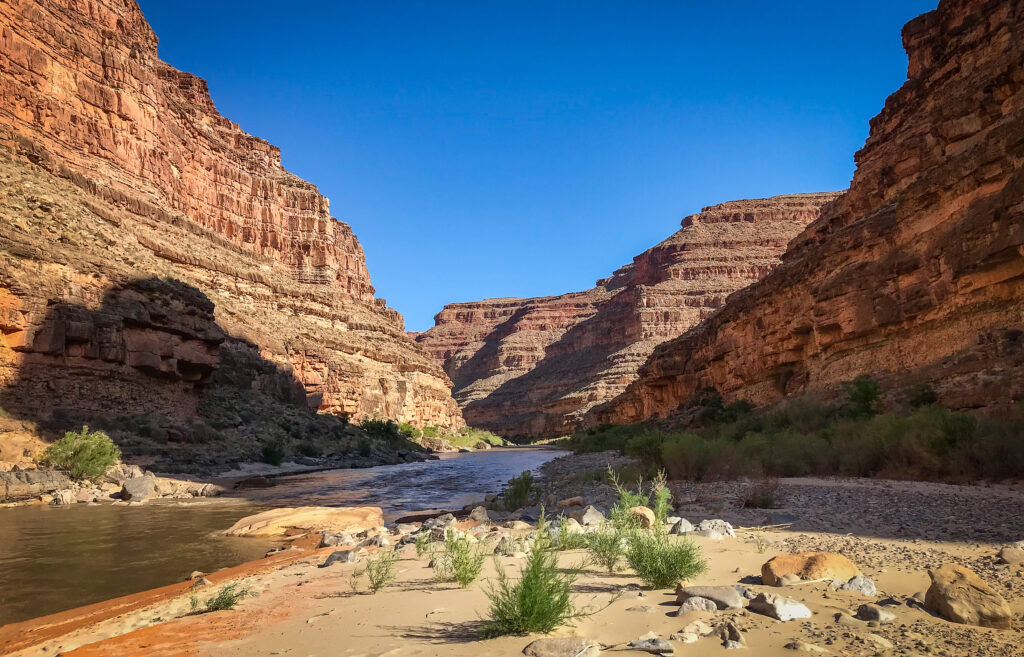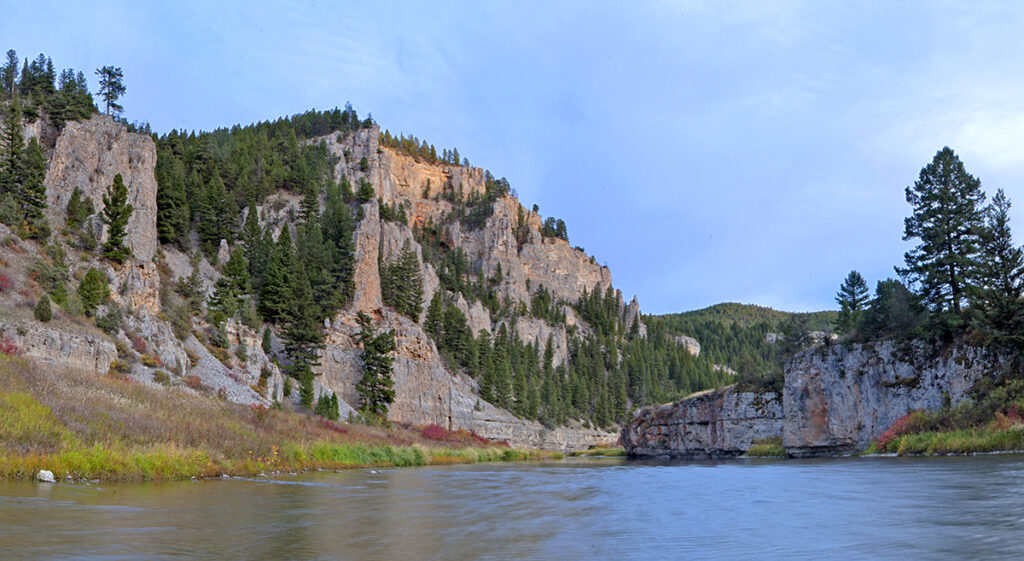
Visitation on Montana’s Wild and Scenic Flathead River has grown significantly in the last five years. Yet, just one river ranger remains to steward 219 river miles and 29 river recreation sites following recent federal government workforce reductions. More people coupled with fewer Forest Service staff has residents wondering how the agency and the community will protect the river’s health now and into the future.
Birthplace of the Wild and Scenic Rivers Act
The Flathead Wild and Scenic River includes the North, South, and Middle Forks that ultimately join and flow into the north end of Flathead Lake. A dam proposed on the Middle Fork of the Flathead River within the Bob Marshall Wilderness was the inspiration for the Wild and Scenic Rivers Act of 1968, which preserves free-flowing rivers and their outstanding values. The three forks of the Flathead River were designated as Wild and Scenic in 1976.
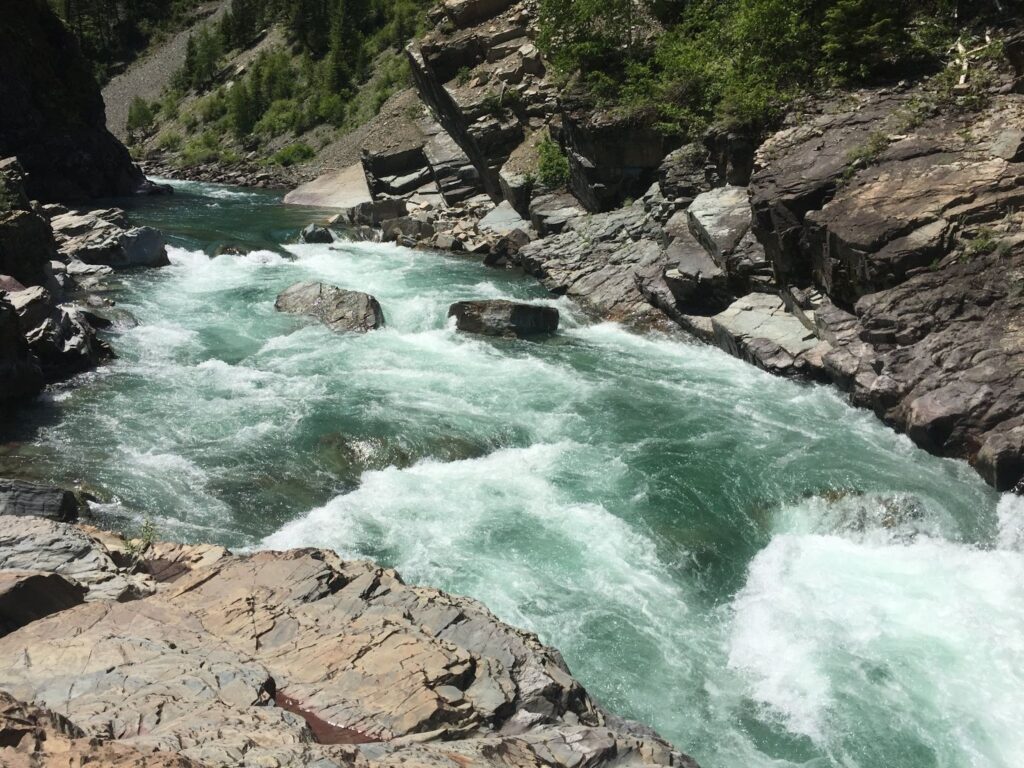
Renowned as having the cleanest, clearest water in Montana and beyond, the three forks of the Flathead River are a recreation destination featuring whitewater rapids, scenic floating, a healthy native trout fishery, and unparalleled riverside camping. The Flathead River system is the backbone for a robust tourism economy: Fifteen percent of tourism dollars coming into Flathead County are spent by visitors on outfitters and guides.
Shared Responsibility for the Future
There’s no doubt Montanans and tourists alike love the Flathead River. However, the recent federal employee reductions in force, together with increasing river use, belie a delicate tension between the benefits of loving this river and the consequences of loving it too much to the point of overuse. Loving a place too much can look different in different places: hordes of RVs parked on beaches, long waits at boat ramps, overflowing parking lots, erosion on river banks or human waste.
When impacts from river recreation reach a boiling point, we all share in the responsibility to protect river health. Regardless of staffing constraints, the Forest Service is required to act. Part of what’s needed is a transparent menu of actions–from staggering boat launch times to requiring human waste packout–that the agency can choose from to lessen recreation impacts while still providing access to the river.
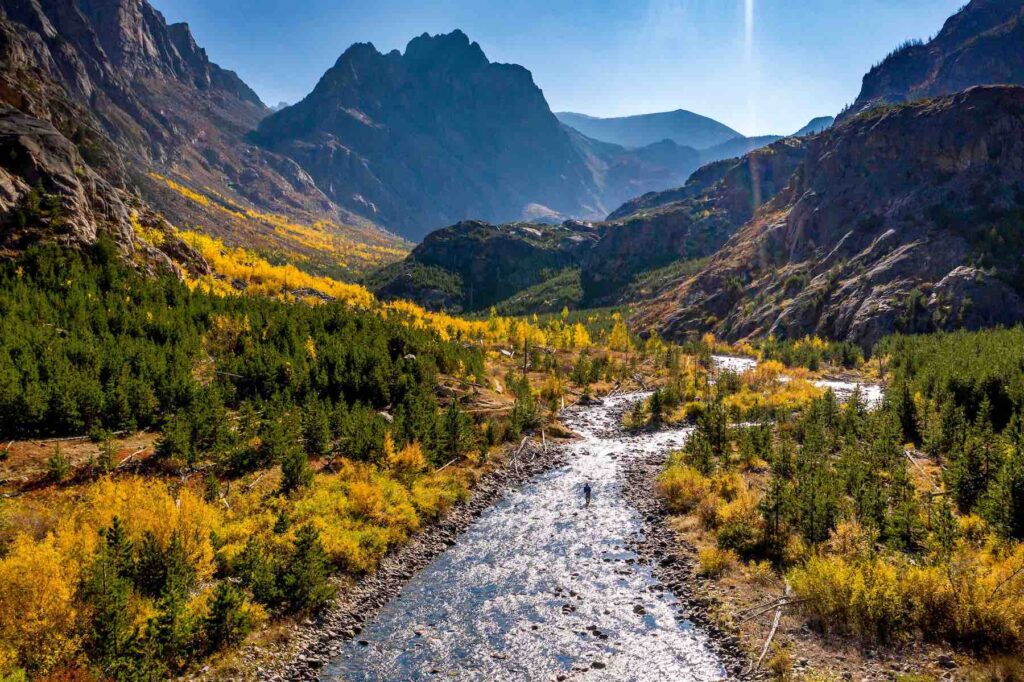
Let's Stay in Touch!
We’re hard at work in the Northern Rockies for rivers and clean water. Sign up to get the most important news affecting your water and rivers delivered right to your inbox.
Partners and outfitters can and do help as well. And they’re needed now more than ever, with more staffing reductions predicted across the federal government. Each year, Flathead Rivers Alliance mobilizes 300 volunteers contributing more than 1,700 volunteer hours, distributes 4,000+ reusable cleanup bags, and collects litter from 80 miles of river, manages volunteer river ambassadors to educate river visitors on how to Leave No Trace, conducts noxious weed pulls on 40 miles of river, and monitors water quality. This summer, river outfitters also helped to keep bathrooms and river access sites clean, work that was formerly done by the Forest Service.
While we need more public-private partnerships to extend agency capacity, it’s critical that the Forest Service take proactive actions to prevent impacts from overcrowding, pollution in the form of trash and human waste, streambank erosion, and overfishing on the river, despite staffing shortages.
How You Can Engage
You can join American Rivers and Flathead Rivers Alliance in asking the Forest Service to put the appropriate safeguards in place to ensure we love the Flathead River responsibly. Assuming the process remains on track, concerned community members will have an opportunity this winter to give the Forest Service feedback on their proposed management plan for the Flathead Wild and Scenic River. The plan should set science-based thresholds on river use, commit to monitoring river health and visitor experiences, and creatively forge partnerships to monitor and enforce needed changes to visitation timing, location, extent, and behaviors, now and in the future. Montana, and the nation, have only one Flathead River. As the new management plan for the river is crafted, we must put the health of the river first.
Follow announcements by the Flathead National Forest on the Flathead River Comprehensive River Management Planning Process, sign up to volunteer with Flathead Rivers Alliance, and contact Montana’s congressional delegation to share your concerns about impacts to the Flathead River from federal government workforce reductions.
Bob Jordan serves as President of the Flathead Rivers Alliance Board of Directors and Sheena Pate serves as Executive Director. Lisa Ronald is an associate conservation director with American Rivers in Western Montana.
